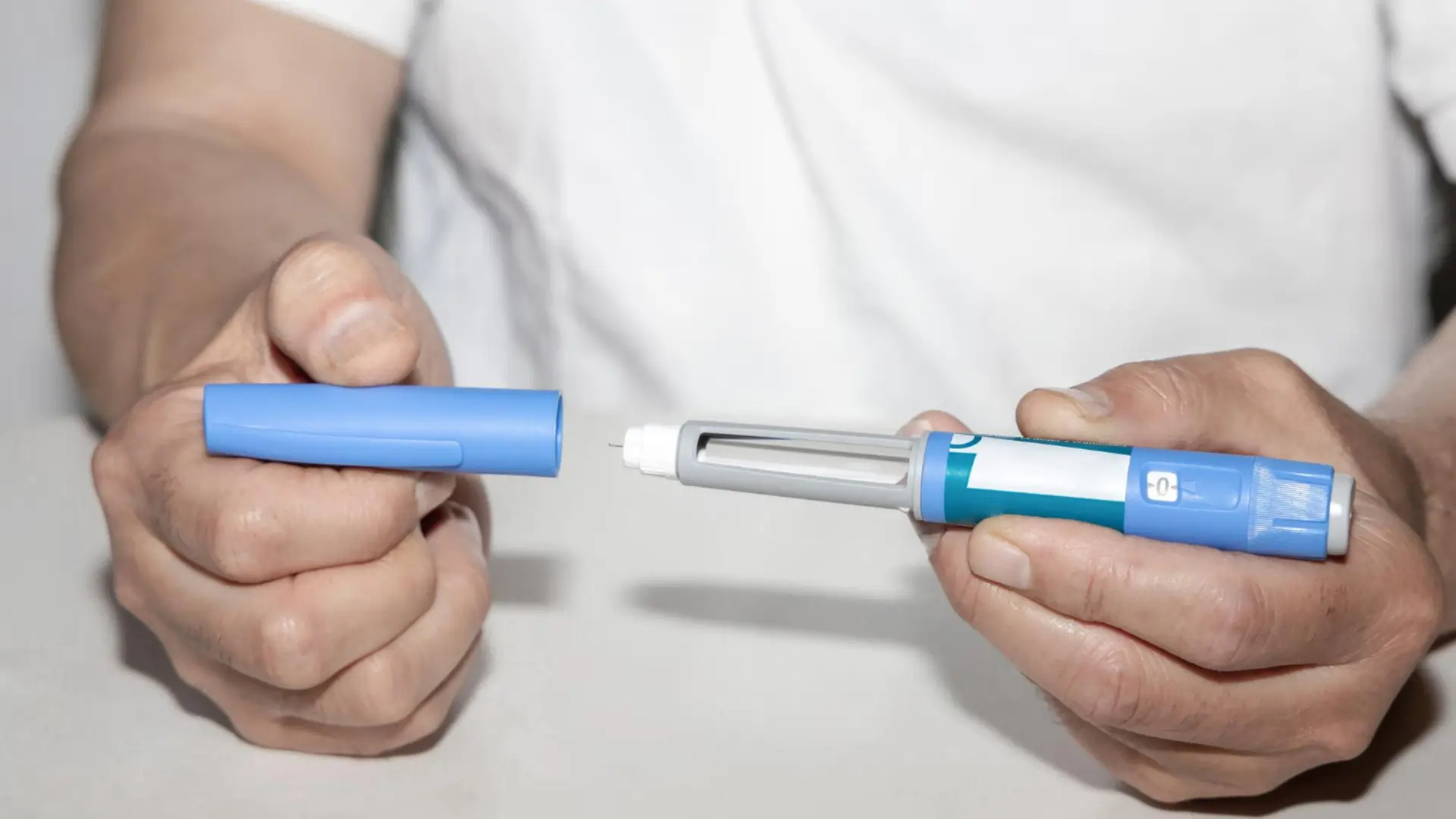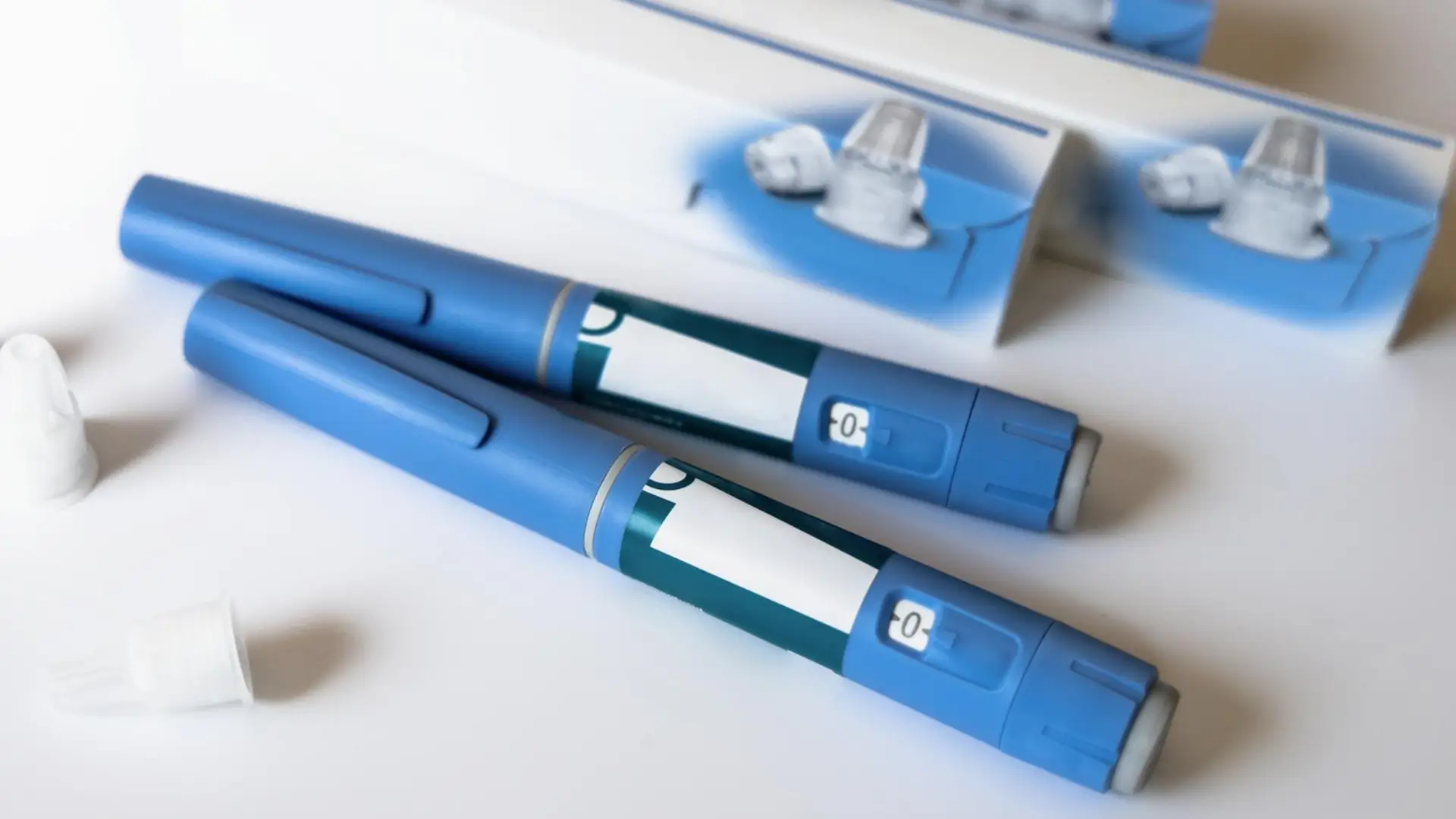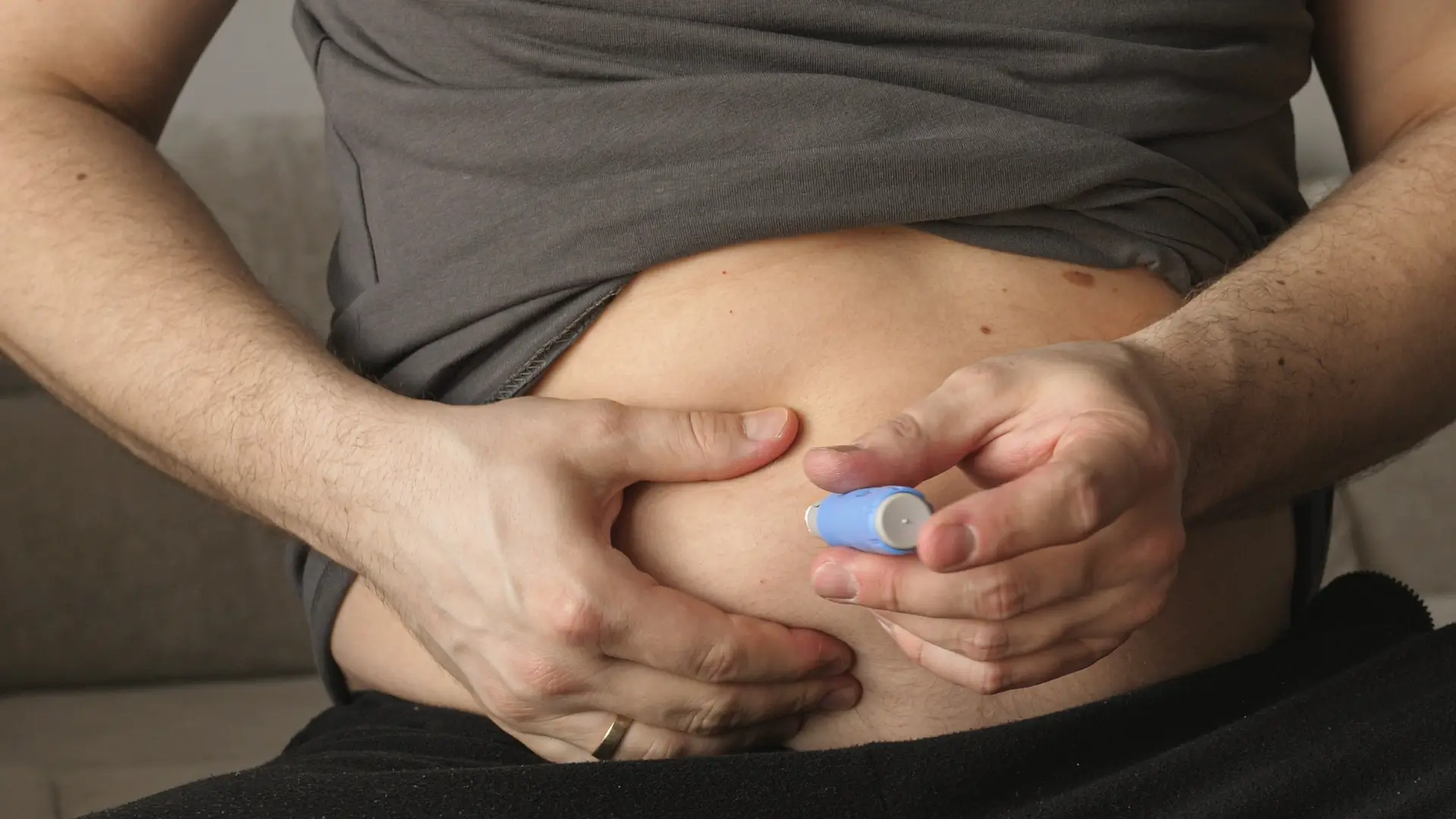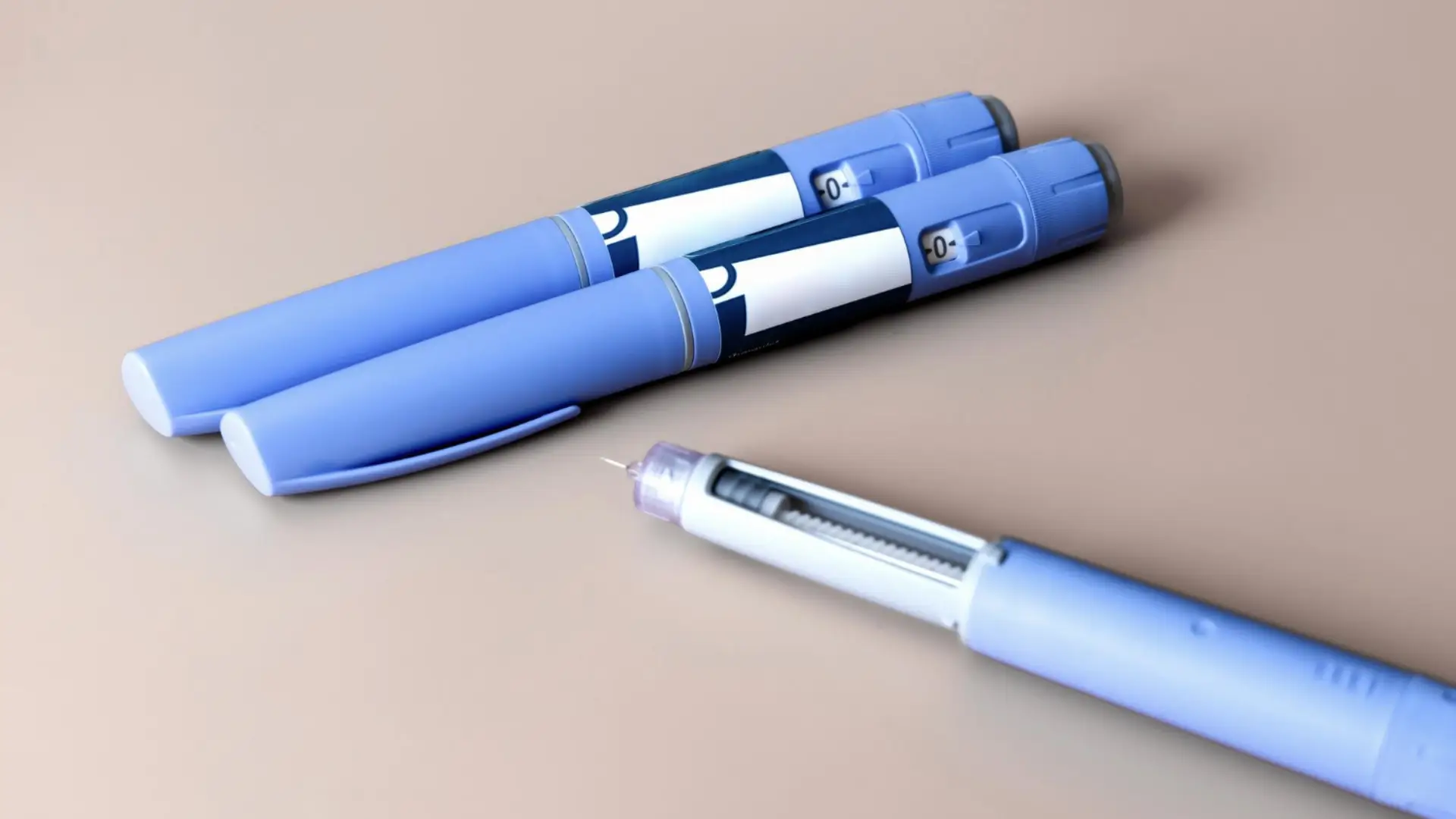Microdosing GLP-1 receptor agonists like semaglutide (Ozempic) has recently gained popularity, especially on social media, but it’s important to approach this trend with caution. Medical experts and clinical reviews warn that microdosing remains largely experimental and lacks strong clinical trial evidence. There are concerns about potential dosing errors, questionable efficacy, and the risks associated with using unapproved compounded products.
In contrast, semaglutide at FDA-approved doses has been rigorously studied, proving its effectiveness in managing blood sugar levels and aiding weight loss. The real question is whether microdosing could provide the same benefits while minimizing risks. This is something that has yet to be proven.
In this article, we will dive into the current evidence surrounding GLP-1 microdosing, compare it with Ozempic’s approved dosing regimens, evaluate safety concerns, and provide clinicians with helpful insights for discussing these risks with patients.
Key Takeaways on the Health Effects of Microdosing Ozempic
- Microdosing Ozempic means using smaller doses of semaglutide than what’s typically recommended. While some patients use this approach to reduce side effects, there isn’t enough research to prove that it’s as effective as the full-dose treatment.
- The official Ozempic prescribed dose has been carefully studied and proven to help manage blood sugar levels and assist with weight loss. This makes them the most reliable option for treatment.
- Using too low a dose (microdosing) might not effectively control blood sugar or lead to sustained weight loss. This could potentially result in less effective treatment.
- Some patients choose microdosing to avoid gastrointestinal issues or to save on medication costs. These reasons don’t match with the official treatment guidelines.
- Talk to a healthcare provider before trying microdosing. They can help you understand the risks and benefits, ensuring you get the best results for managing your diabetes or weight.
About: Medica Depot is your trusted all-in-one supplier, offering a range of high-quality medical injectables and supplies. If you’re looking to buy Ozempic, contact Medica Depot’s sales representatives and they will guide you on how to do so. Whether for health professionals, plastic surgeons, dermatologists, licensed estheticians, or other specialists, we can offer genuine, brand-name products you may need. With Medica Depot, we prioritize serving you better to improve the patient’s quality of life.
What Microdosing Ozempic Means in Medical Practice
Ozempic (semaglutide) is a prescription medication approved by the US FDA for managing type 2 diabetes and supporting weight management. Its recommended dosing typically involves starting with 0.25 mg for the first four weeks, increasing to 0.5 mg, and then adjusting to higher doses (1 mg to 2 mg) as needed for glycemic control.
However, some patients and healthcare providers are exploring the idea of Ozempic microdosing, which is using doses smaller than the FDA-approved titration schedule. This approach is often considered for individuals seeking to minimize common gastrointestinal side effects like nausea and vomiting.
By gradually introducing semaglutide at lower doses, microdosing aims to improve tolerability and reduce discomfort during treatment. Still, the risk of suboptimal efficacy remains a concern, as microdosing Ozempic may not provide the full benefits for blood sugar control or weight loss that are observed with standard dosing.
While semaglutide microdosing has gained some popularity, it is crucial to recognize that this approach lacks solid clinical trial evidence and may not produce the same results as the FDA-approved regimen.
Clinical Evidence and Safety Concerns on Microdosing Ozempic
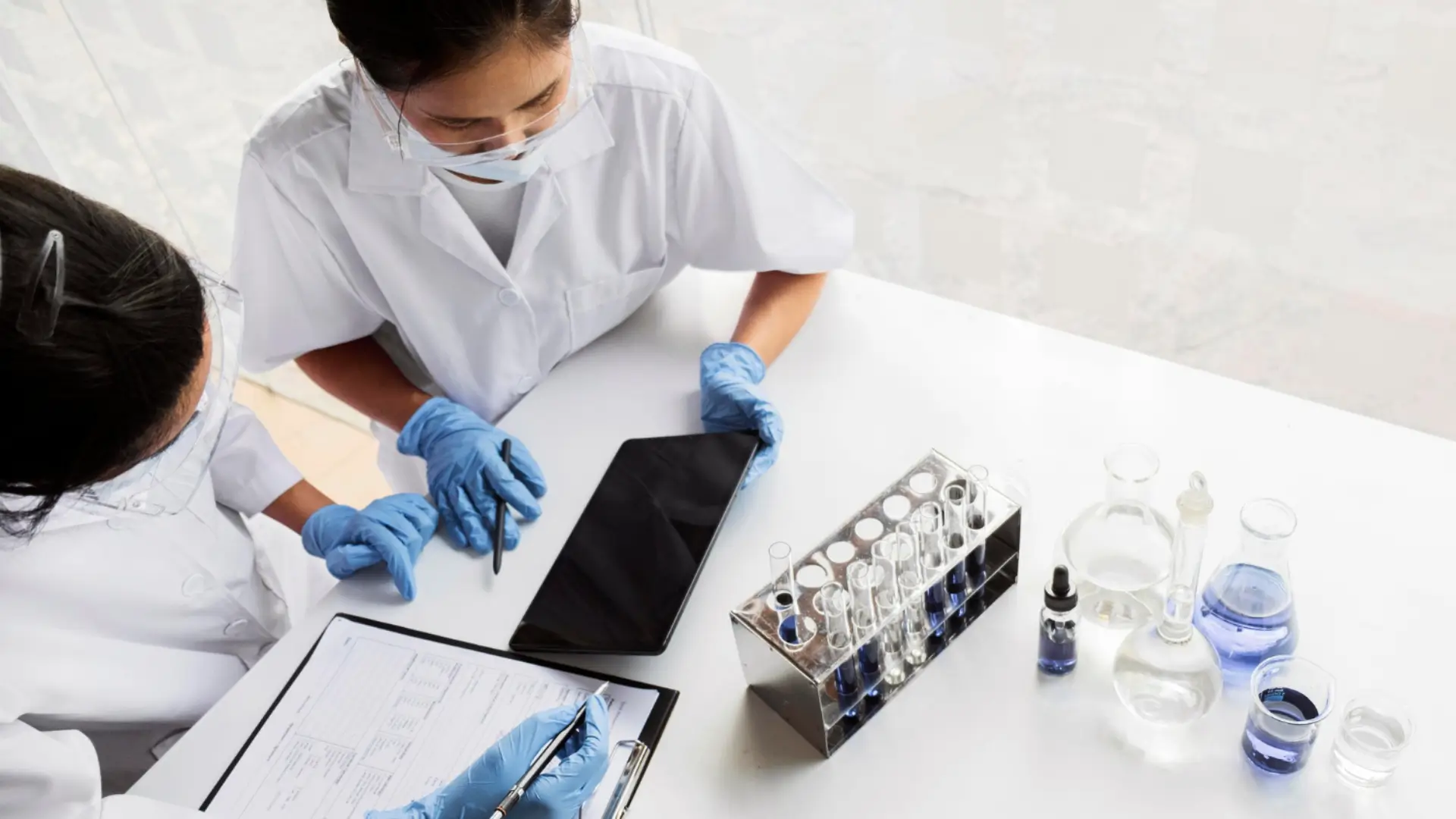
Adhering to the recommended Ozempic dosage ensures that patients receive the full benefits of Ozempic for glycemic control and weight loss. The FDA-approved dosing protocols have undergone extensive clinical trials, proving their safety and effectiveness. Ozempic has shown consistent improvements in HbA1c (a marker of blood sugar levels) and fasting glucose when followed according to the approved regimen.
However, microdosing is considered an off-label approach, and medical reviews and guidelines stress the need for caution. Although some healthcare providers have experimented with microdosing Ozempic for specific patient needs like dose escalation or tolerability, there is a significant gap in evidence supporting its use.
The SUSTAIN clinical trials confirmed that Ozempic at full doses provides substantial benefits, but microdosing could lead to under-treatment and potential inefficacy, particularly in achieving long-term weight loss or optimal glucose control.
Why Patients Ask About Ozempic Microdosing
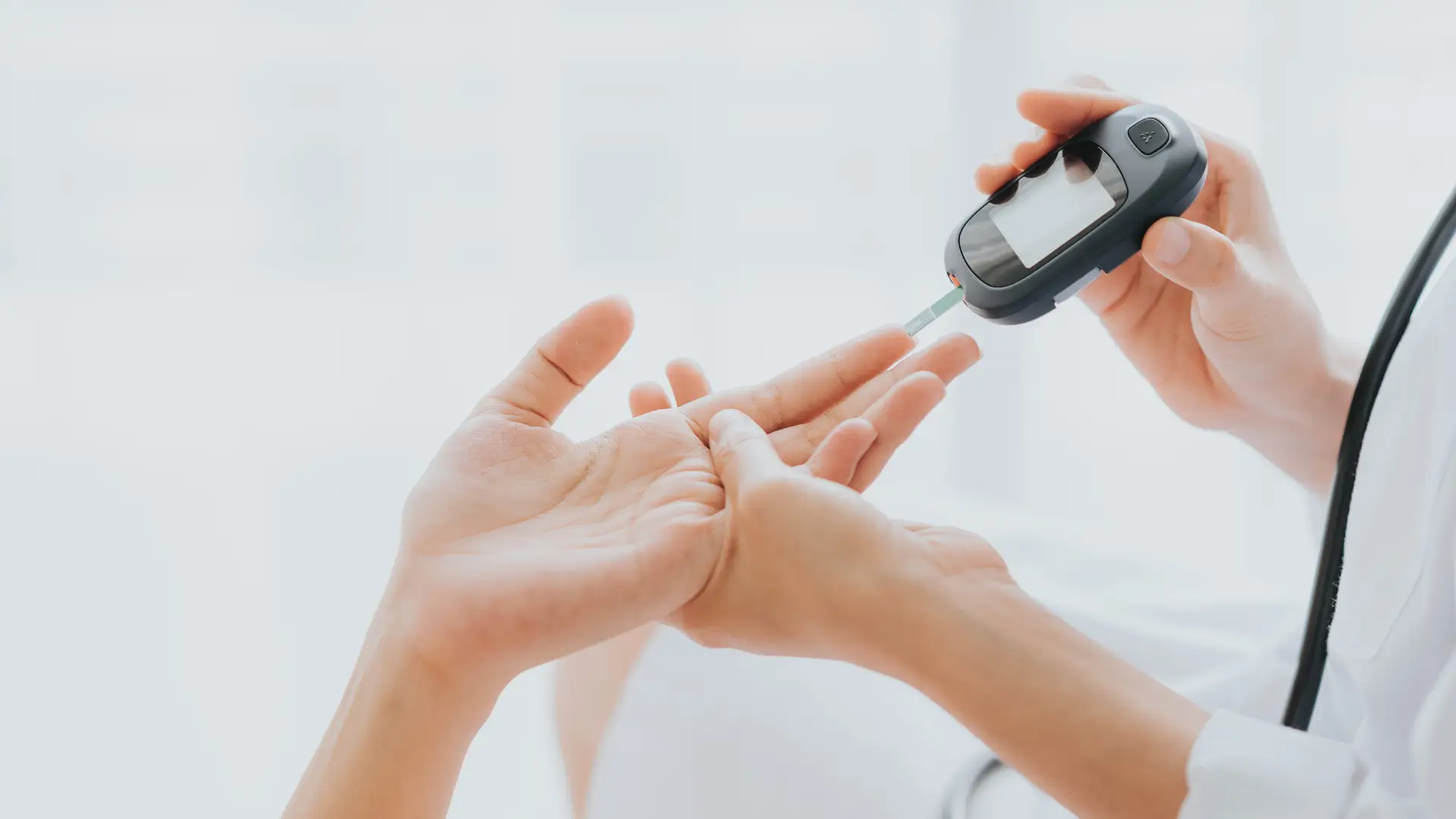
Some patients are curious about microdosing Ozempic due to various factors. Many wonder if they can reduce gastrointestinal discomfort or lower the cost of treatment by using smaller doses. In addition, patients often seek ways to improve their adherence to the treatment plan. Microdosing may seem appealing as it offers the potential for fewer side effects, but it’s essential to remember that it is not part of the FDA-approved regimen.
Patients often ask their doctor about this alternative dosing or microdosing due to:
- Gastrointestinal Side Effects: Some patients find that lower dosage reduce common nausea or vomiting, leading to improved treatment adherence.
- Potential Benefits with Minimal Side Effects: There’s a hope that Ozempic microdosing can still provide benefits like blood sugar control and weight loss, while minimizing gastrointestinal upset.
- Cost Concerns: Ozempic can be expensive, and microdosing is sometimes considered as a way to extend supply or make the medication more affordable.
However, each medical doctor must make it clear that these motivations, while valid, do not align with evidence-based treatment protocols. It may lead to suboptimal outcomes in managing diabetes and weight loss.
Professional Doctor Guidance for Addressing Microdosing Requests
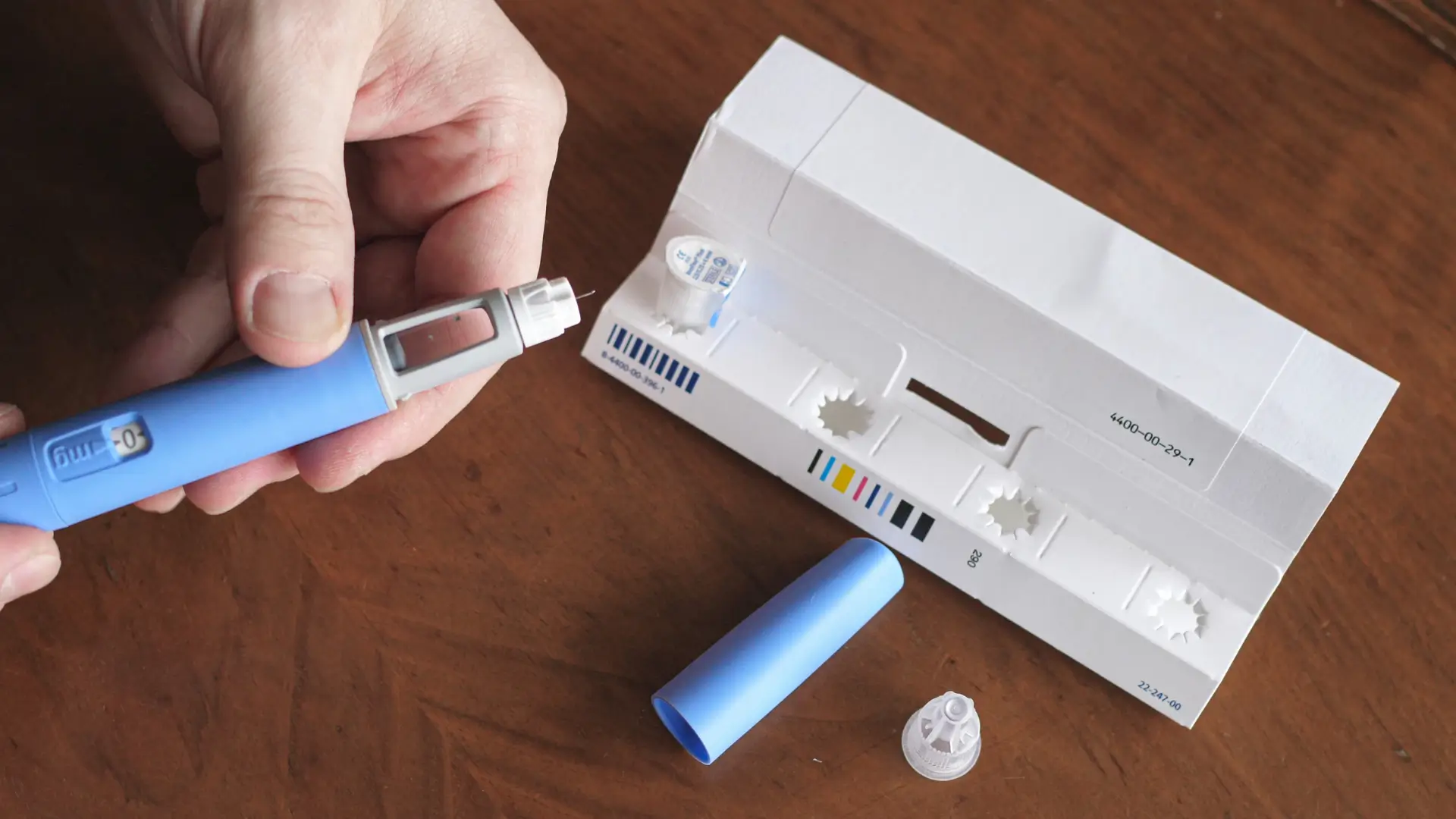
Healthcare providers play an essential role in educating patients about the risks and benefits of Ozempic. They should explain that microdosing is an off-label approach, which the FDA does not approve. Moreover, it lacks sufficient evidence from clinical trials to guarantee its safety or effectiveness.
Some points that providers should emphasize:
- Patient Suitability: Providers should assess whether microdosing Ozempic is appropriate for individual patients and weigh the potential benefits and risks.
- Efficacy Limits: Microdosing can lead to subtherapeutic doses, which may not be effective for glycemic control or sustained weight loss.
- Regular Monitoring: Patients on microdosing regimens should be carefully monitored for any signs of under-treatment. This includes poor blood sugar control and weight regain.
- Alternative Strategies: If side effects are problematic, clinicians should consider using slower dose titration or exploring other GLP-1 receptor agonists.
Conclusion
While Ozempic microdosing has gained attention, it remains an unproven and potentially risky approach. Although patients may be interested in lower doses to reduce side effects or cut costs, current evidence does not support microdosing as an effective treatment for type 2 diabetes or weight management.
The FDA-approved dosing regimens of Ozempic have been rigorously tested and provide the optimal benefits for patients with type 2 diabetes and those seeking weight loss. It’s essential for patients to consult healthcare providers for advice, making sure they understand the full benefits of Ozempic pen and follow the recommended dosage protocols.
FAQs
1. What is Ozempic microdosing?
Ozempic microdosing refers to using lower doses of semaglutide than the FDA-approved regimen. This approach helps to reduce side effects like nausea or to stretch out medication supplies.
2. Is there enough evidence to support the effectiveness and health safety of Ozempic microdosing?
No, Ozempic microdosing lacks sufficient data from clinical trials to show that it is as effective for glycemic control and weight loss as the FDA-approved dosage protocols.
3. Should I discuss microdosing with my doctor?
Yes, it’s essential to discuss microdosing with your healthcare professional. They can help you assess whether it’s a suitable approach for your situation, ensuring safety and effectiveness.
References
Cleveland Clinic. Should You Microdose GLP-1 Drugs? Cleveland Clinic. Published August 28, 2025. Accessed October 21, 2025. https://health.clevelandclinic.org/microdosing-glp-1
Komé AM, Chandran MM, Tungate Lopez SS, Buse JB, Klein KR. One Size Does Not Fit All: Understanding Microdosing Semaglutide for Diabetes in Multidose Pens. Diabetes Care. 2025;48(3):e25-e27. doi:https://doi.org/10.2337/dc24-2575
